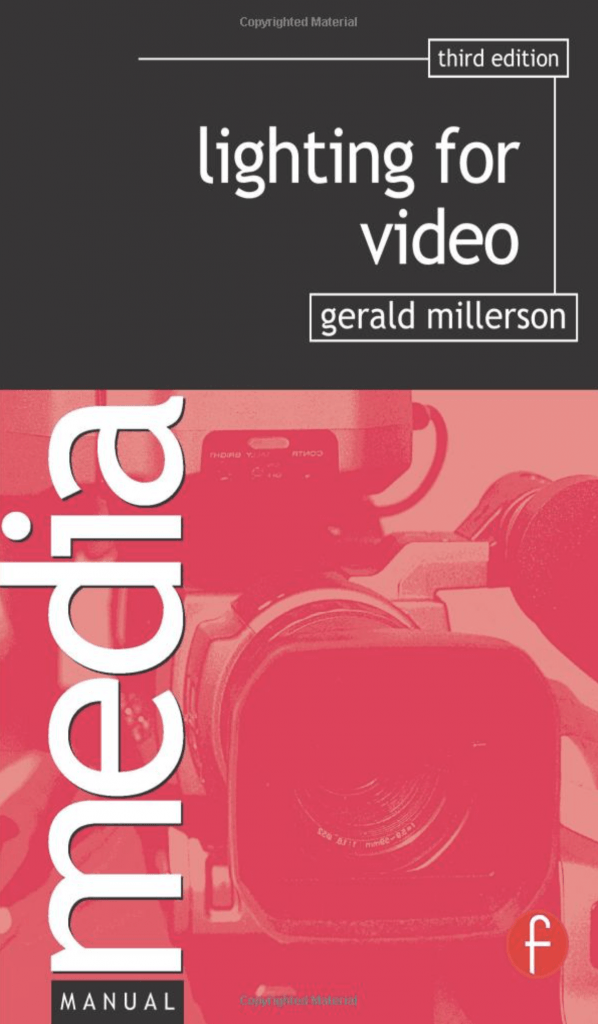Lighting would be a key element within my animation, this book would explain key concepts and theory behind lighting a scene for video and will allow me to light my animation effectively.
Within the book I will be specifically looking at Chapters:
- What Does Lighting involve? (Page 14)
- The Aims of Lighting (Page 16)
- Changing Camera Positions (Page 76)
In the brief introduction to the book, it describes different details about why we need lighting for videos and also gives different reasons as to why we might not always have adequate lighting in our specific environment. Under this section it gave an interesting table of different light levels and their values (Shown below).
I thought this might be very useful to know as within Cinema 4D I am able to control the brightness and temperature of the light that is emitted – having this table will allow me to replicate realistic lighting within my scene as I can simply enter the luminance data into the software to give it a specific look. However, this might not necessarily work as the scene I intend to produce will be in a space/zero-gravity environment and thus the lighting will be different from earth lighting.
What Does Lighting involve?
Adding lighting to a scene makes for better or more effectively lit shots (from the perspective of the camera), this can be in addition to the global illumination and ambient occlusion within the C4D render settings to make sure the scene is fully lit. As well, checking the lighting through the camera perspective can “considerably improve picture impact” or through rendering out a still frame from the scene to check that it is all illuminated effectively will save time when rendering the full sequence as it will take a considerable amount of time to render the full scene (Millerson, 1991).
The amount of light needed to illuminate a scene varies and there is no regular set-up to ensure optimum lighting – a basic lighting set-up (such as a 3 point lighting studio) could be employed into the scene, however, the optimum pictorial effect would need to be added, which is a perfectly angled light to make key elements within the scene be highlighted.
The Aims of Lighting
The main preoccupations of lighting are with the appearance of the subject itself and the surroundings. Subject based lighting can emphasise characteristic features about it and has the ability to make them less/more obvious – this would be very fine line within my animation due to the materials, low key lighting would make the object less obvious but bright lights would spoil the scene as the shiny surfaces may distract the views eye.
Changing Camera Positions
Effective lighting depends on camera position in the scene, the best general solution is to employ a ring light studio to the scene which would illuminate all of the objects to a certain level – however, more lights will have to be added to change/ eliminate shadows that might be cast, this could be a good general solution again for my scene as I would be able to change settings from the ring lighting studio to disable the shadows, however, testing will have to be conducted to see whether having shadows positively affect the aesthetics of the animation or negatively.
Ref: G, Millerson. (1991) Lighting for Video. London: Focal Press.

